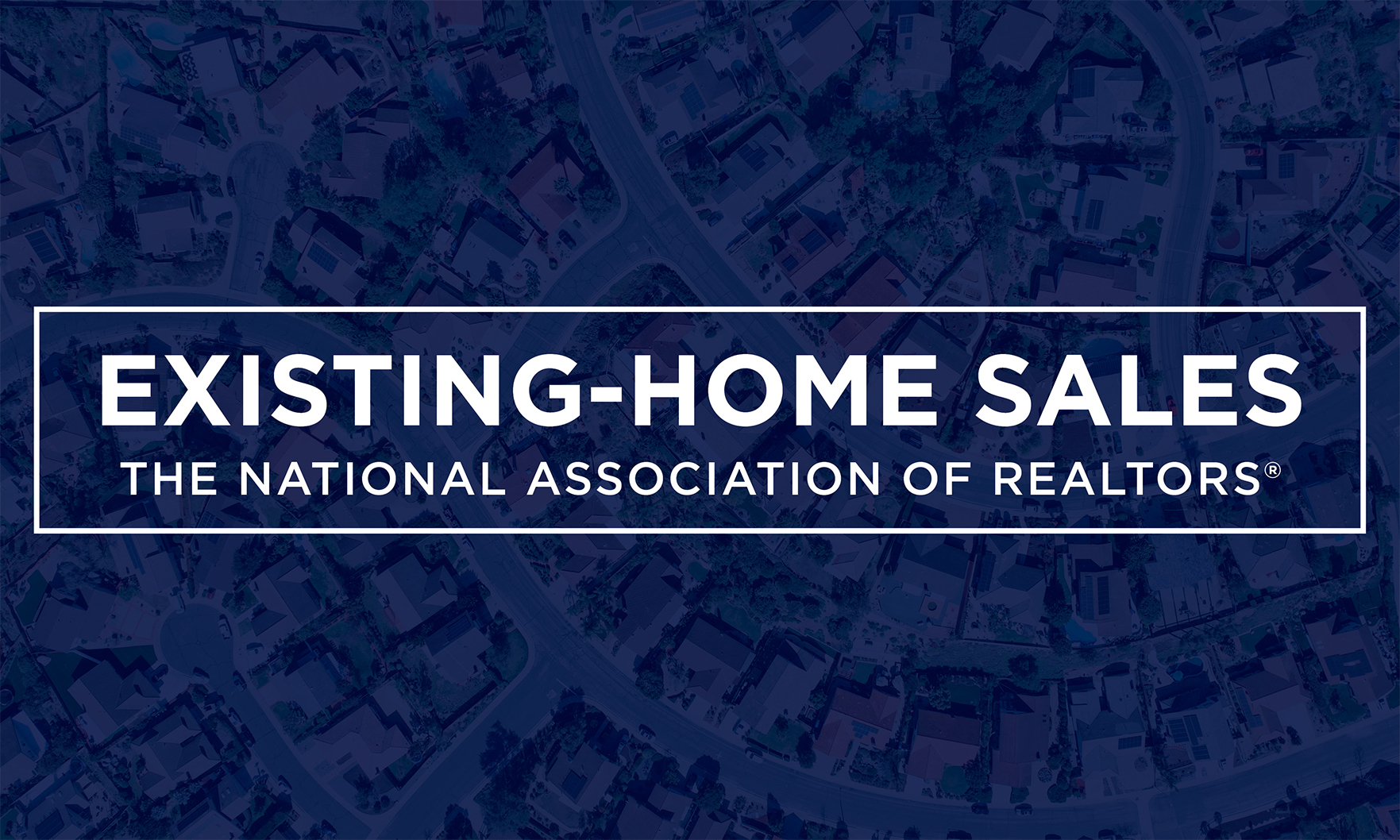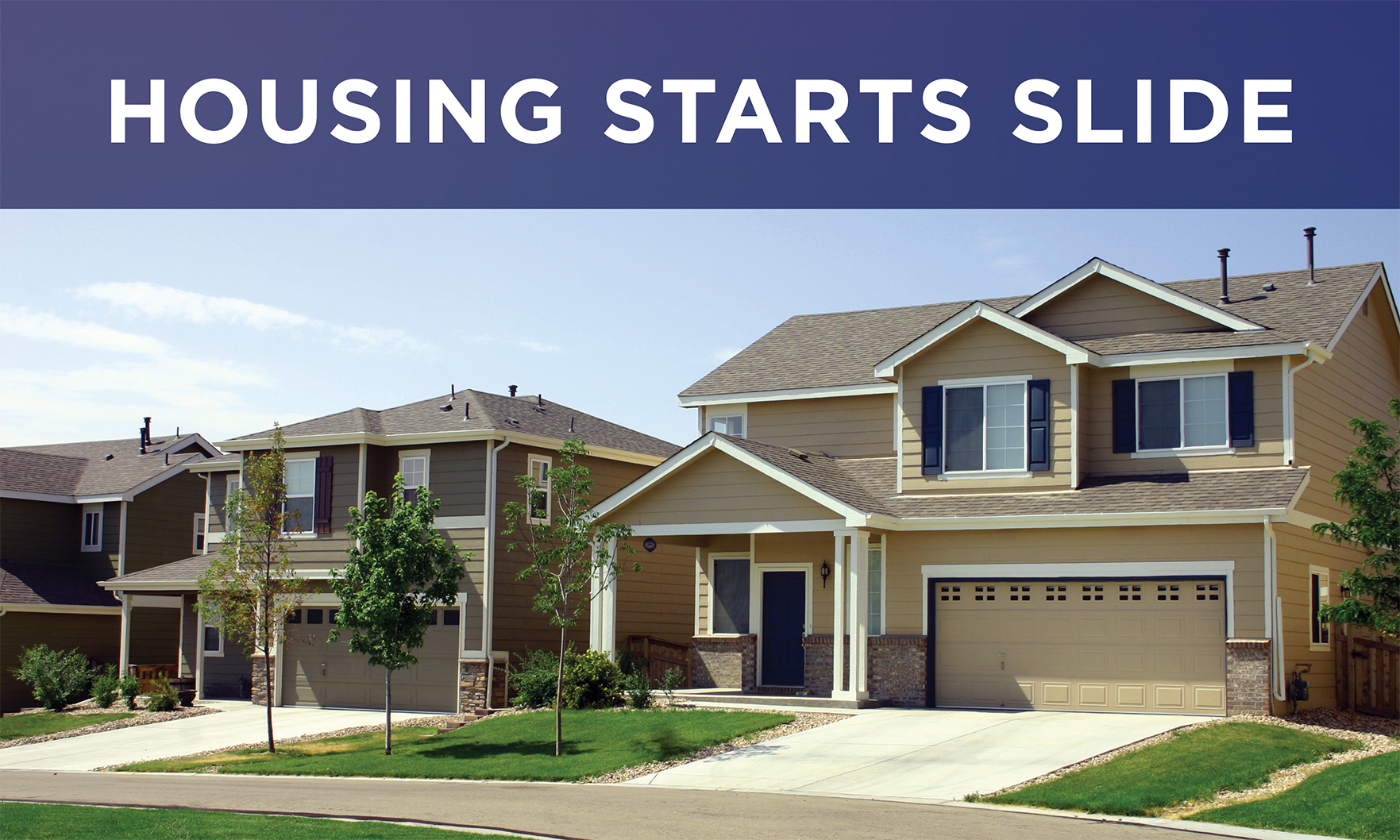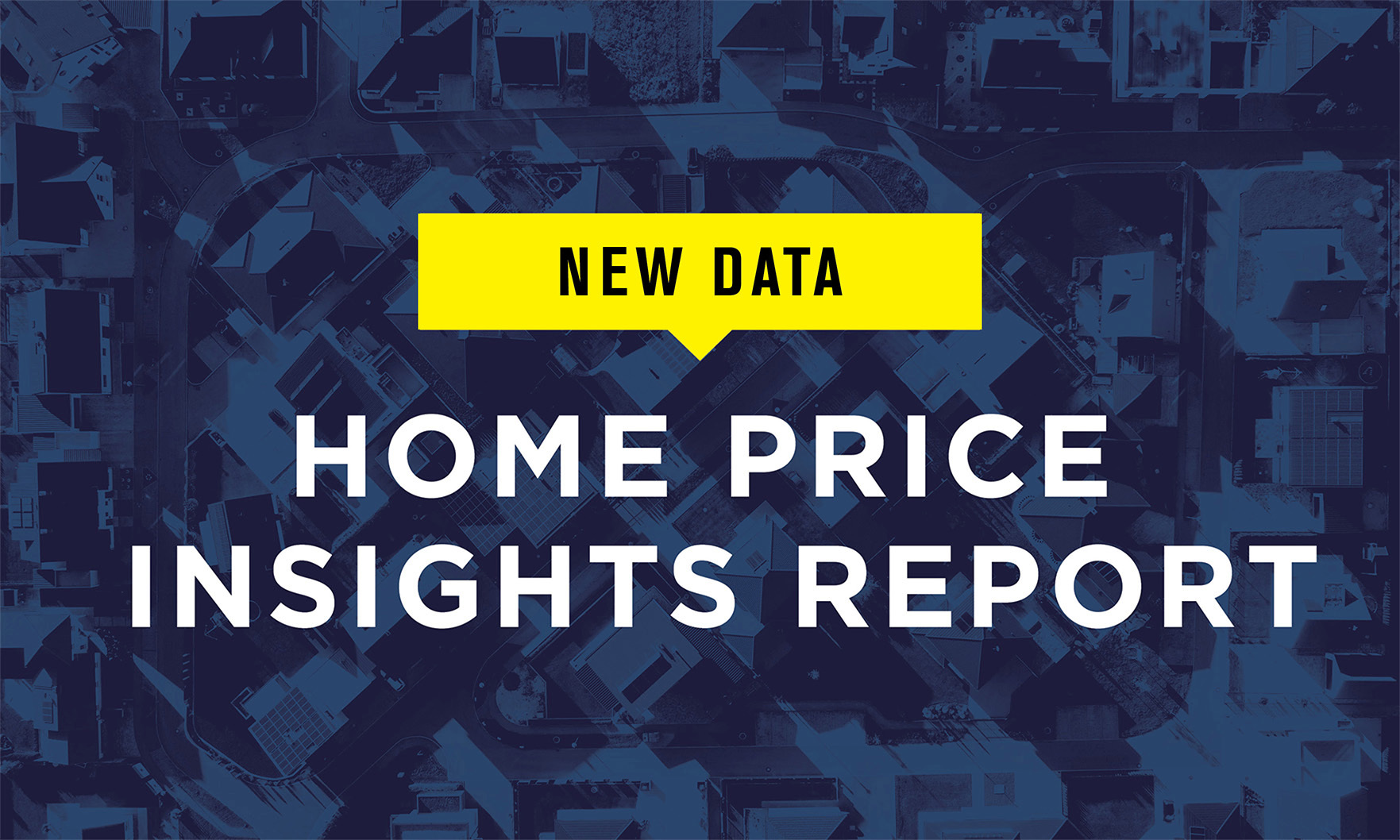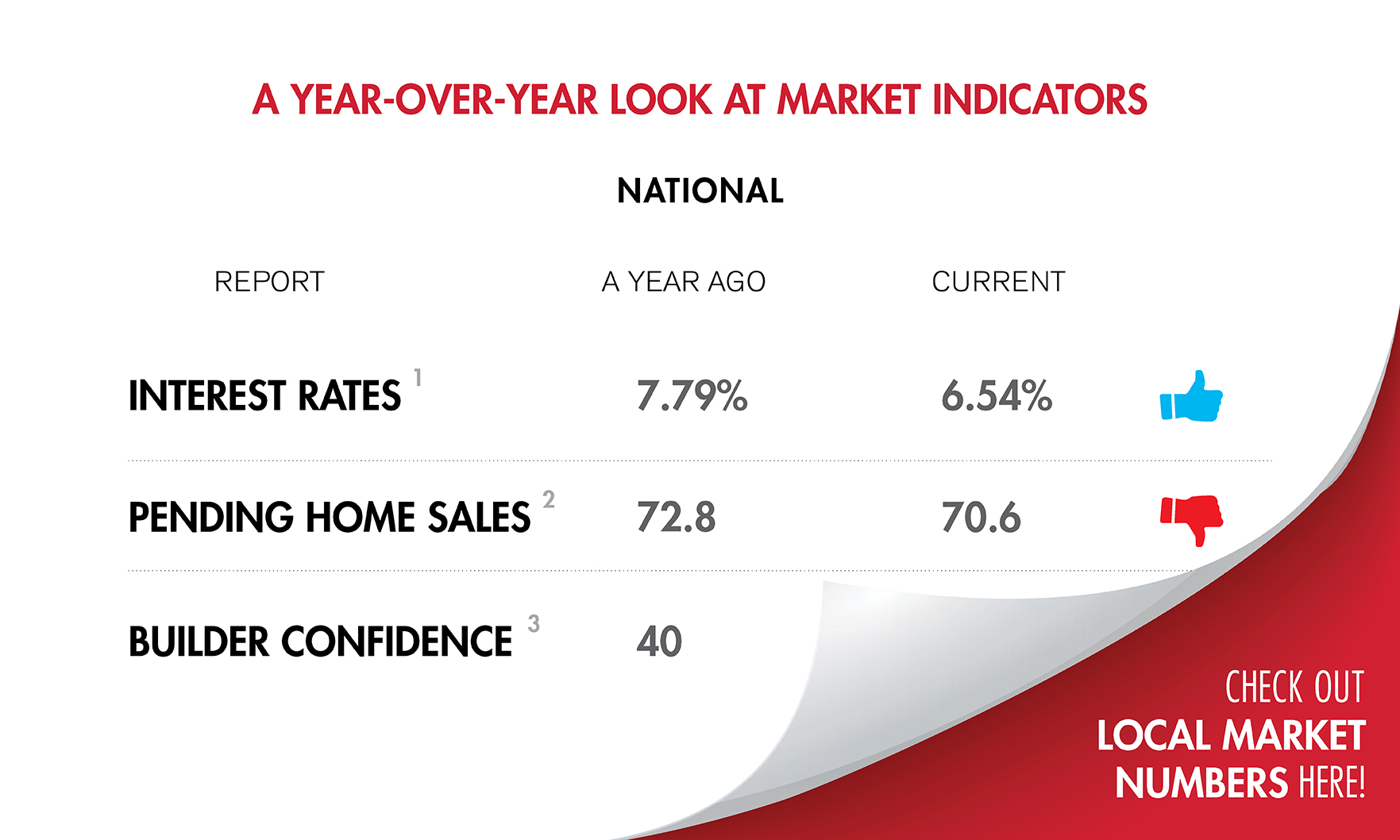Trends
For data-driven stories, to appear under “Trends” menu

The increase follows two months of declines, the National Association of REALTORS® said.

Multifamily construction, meanwhile, rose on a monthly basis.

Homeowners and buyers will prioritize nostalgic, old-world design sensibilities juxtaposed with modern sustainability technologies next year, according to Zillow.

Experts were asked to rate markets in categories such as investment potential and development opportunities.

Looking ahead, the CoreLogic Home Price Insights report predicts home prices will dip by 0.1% in October on a month-over-month basis.

A growing number of renovating homeowners now classify their primary bathroom as a “wet room,” according to the 2024 Houzz Bathroom Trends Study.

At the same time, existing-home sales and housing starts declined.

Sustainability and housing affordability are on the top 10 list.

The S&P CoreLogic Case-Shiller U.S. National Home Price Index hit a new record in August, marking the 15th month in a row of new highs.

The median price of a new home sold during the month was also up, according to the U.S. Census Bureau and the U.S. Department of Housing and Urban Development.

Sales slid 1% compared to August, the National Association of REALTORS® said.

Multifamily starts, meanwhile, declined, the U.S. Census Bureau and the U.S. Department of Housing and Urban Development said.

October’s increase comes as inflation slows and mortgage rates decline.

Home sales were down an average of 13.3% in the 52 largest U.S. metros, according to the RE/MAX National Housing Report.

The amount a homebuyer needs to earn to afford a median priced starter home is down 0.4% from last year, marking the first annual decline since August 2020.

Realtor was the most desirable job in 49 of the 50 states, the study found.
